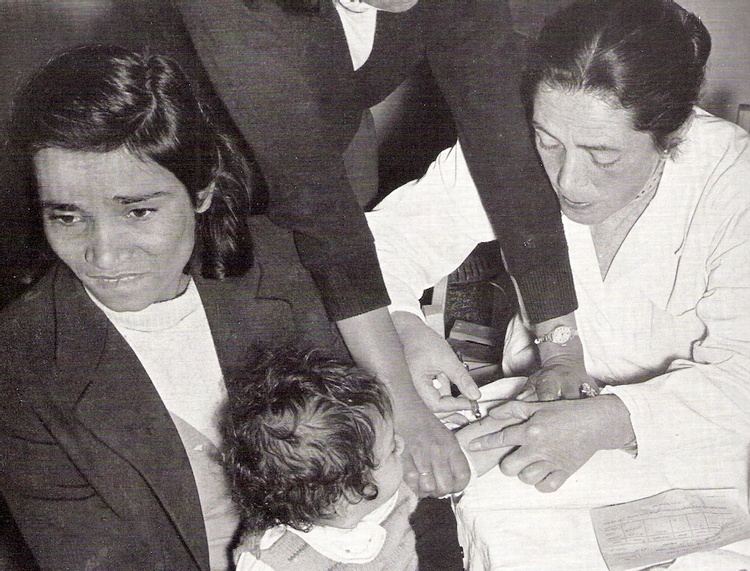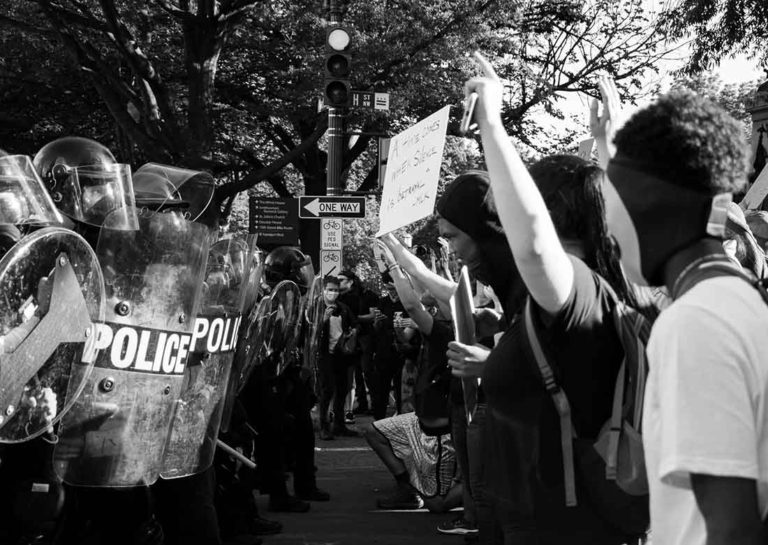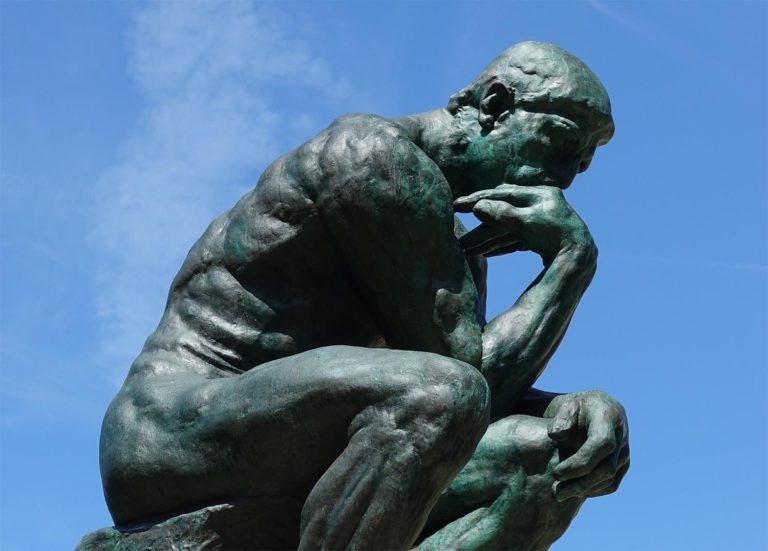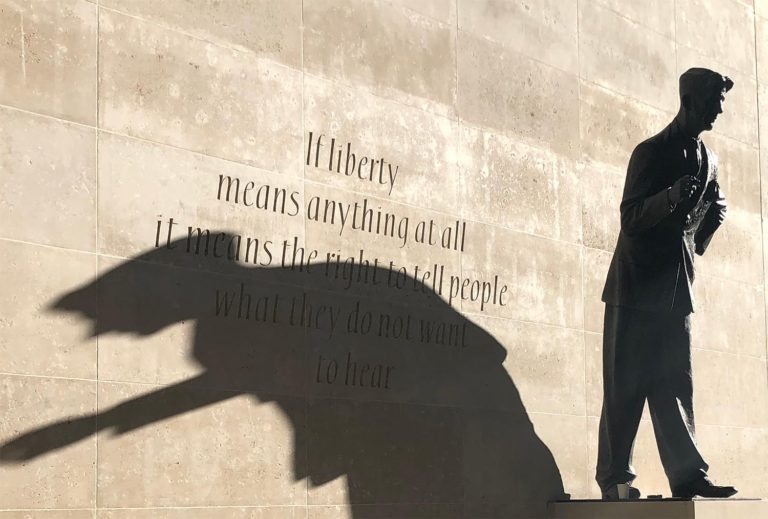Polio was once one of the most feared diseases in the United States, impacting tens of thousands a year—famously even crippling a U.S. president.
One of the most frightening things about polio was that it disproportionately struck children and youth. Every summer, thousands of American children died of the disease, and thousands or tens of thousands more were left paralyzed or crippled.
My own grandma was afflicted with polio. Her son—my Uncle—was, too. Most people knew someone, or many people, who’d been hit by polio.
Polio vaccines were attempted in the mid-30s, but some of the vaccinated children were subsequently paralyzed (and a few actually died)so the whole thing was called off. Work began again in the late 40s and early 50s—and just in time, too. Polio outbreaks were crippling more than 35,000 people in the U.S. each year during this period, killing thousands more; the vast majority of the disease’s victims were under 20.
Parts of the country shut down in terms of commerce and travel and quarantines were imposed on affected towns (and individual homes). In 1952, there were almost 60,000 polio cases in the U.S. Many parents refused to let their kids out in public.
Fortunately, by 1955 an effective vaccine had been developed and mass immunization campaigns (particularly aimed at children, of course) were launched. By 1957, less than 6,000 cases were reported. Just four years later, in 1961, that number had plummeted to just 161. By the mid-90s, polio had been eliminated from North and South America.
In 2018, the number of worldwide polio cases was less than 20.




